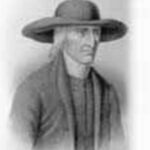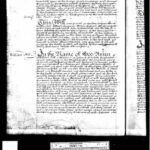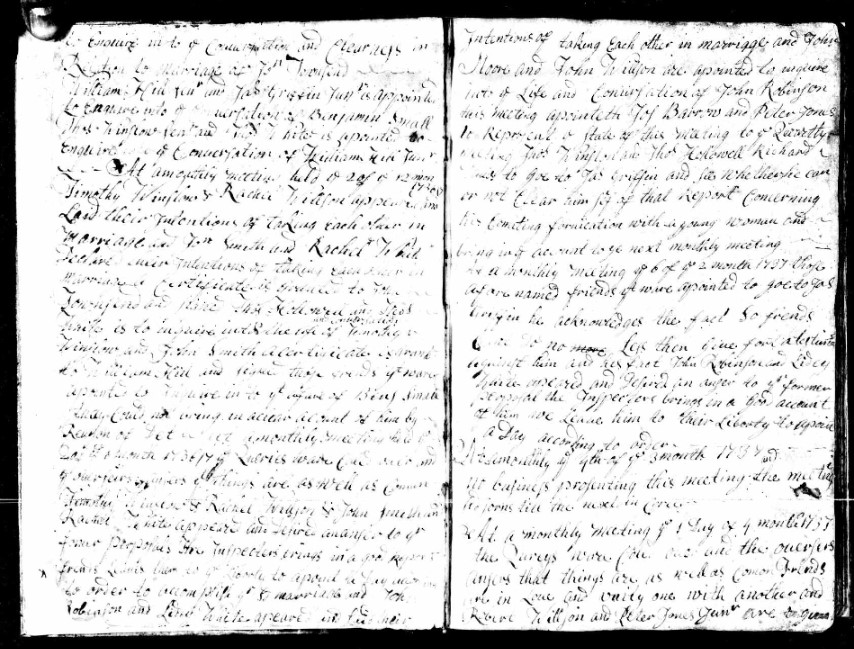
Mary Ann Spivey
Date of Birth
June 1, 1675
Place of Birth
Perquimans, North Carolina
Towns / Cities Moved Into
Chowan, North Carolina
Known Occupation
-
Religion
-
Spouse
Death Information
Year of death
February 4, 1770
Place of death
Chowan, North Carolina
Cause of death
-
Obituary

Siblings





Children









Narrative / Story
In the verdant landscapes of Perquimans, North Carolina, around 1680, the story of Mary Ann Spivey began. Born to Thomas Spivey and Mary Jane Jones, Mary entered a world on the cusp of transformation. Her early years, shared with siblings Benjamin, Thomas Jr., William, Abraham, and Jacob Spivey Sr., were likely filled with the simple pleasures and challenges of colonial life.
Mary’s life took a pivotal turn when she married William Thomas Hill in Chowan, North Carolina, in June 1699. This union blossomed into a large family, with the couple welcoming nine children: Moses, Aaron Sr., William II, Susannah, Rachael, Mary, Ruth, Leah, and Sarah Hill. Their home in Chowan became a cradle of love, laughter, and the inevitable trials of raising a large family.
Living in colonial North Carolina, Mary’s family navigated a world marked by socio-economic and political upheavals. The Tuscarora War from 1711 to 1715, a conflict between the British, Dutch, German settlers, and the Tuscarora Native Americans, would have cast a shadow over their community, bringing a mix of fear, uncertainty, and perhaps a nuanced understanding of the complexities of their time. The transformation of North Carolina into a royal colony in 1729 further marked a significant shift in their lives, altering the governance and societal structures around them.
The family’s proximity to Cape Hatteras, the notorious “Graveyard of the Atlantic,” added a sense of peril and adventure to their lives. The stories of shipwrecks and sea voyages gone awry were likely a common topic of discussion, serving as a reminder of the dangers lurking in the vast Atlantic.
Mary and William, like most of their contemporaries, were probably engaged in agriculture, tilling the land and tending to livestock. Their migrations within North Carolina were likely driven by the quest for fertile grounds and better opportunities, a testament to their resilience and adaptability.
Mary’s life, spanning nearly a century, came to a peaceful close on February 4, 1770, in Chowan. Her passing marked the end of an era, but her legacy lived on through her children and subsequent generations. Her life, set against the backdrop of a rapidly evolving America, is a story of endurance, family, and the strength to adapt to an ever-changing world.
Mary Ann Spivey’s narrative is not just a family tale but a slice of American history, reflecting the spirit and challenges of the colonial era. Her journey, interlaced with significant historical events, offers a unique perspective on the life and times of early American settlers. Her story, now shared on this website, continues to inspire and educate, bridging the past with the present.



